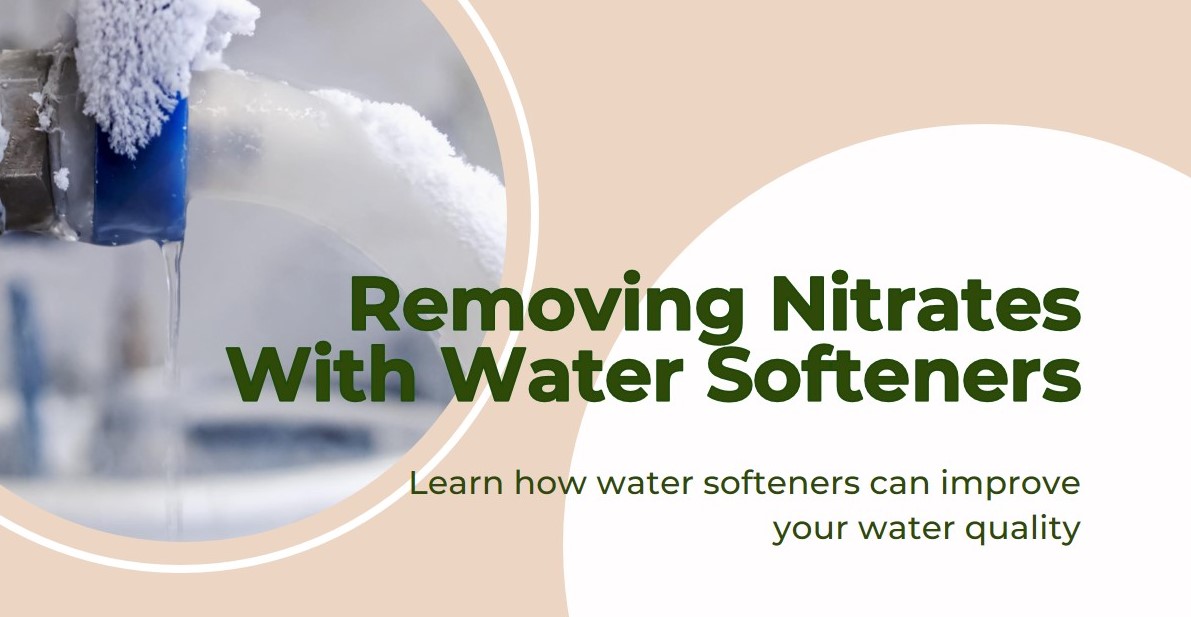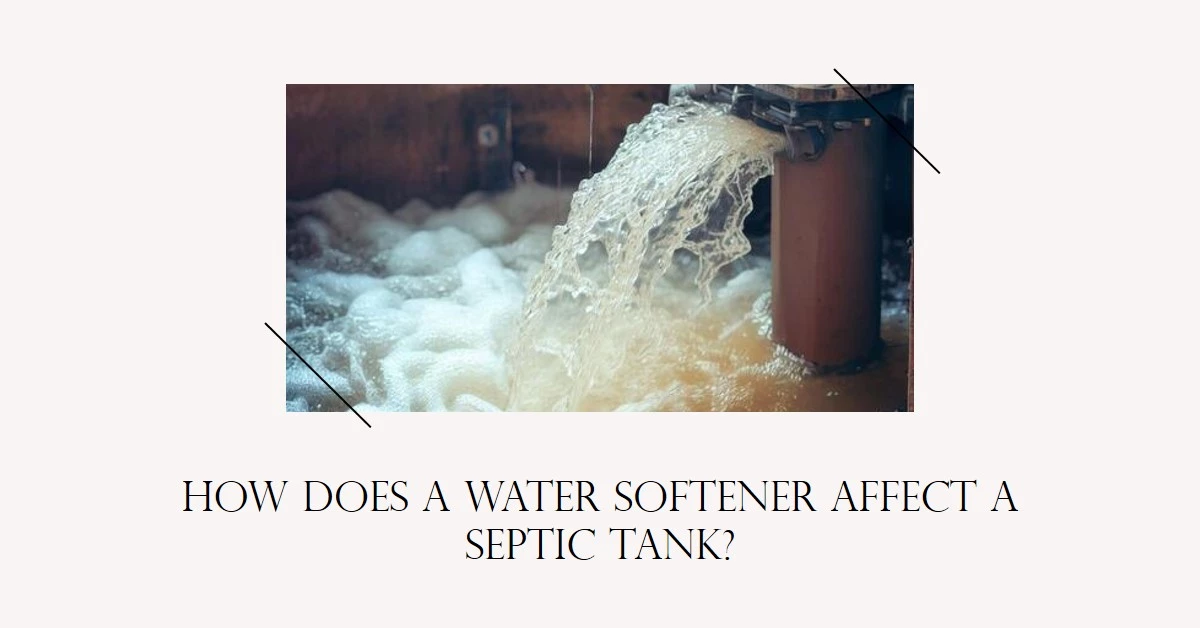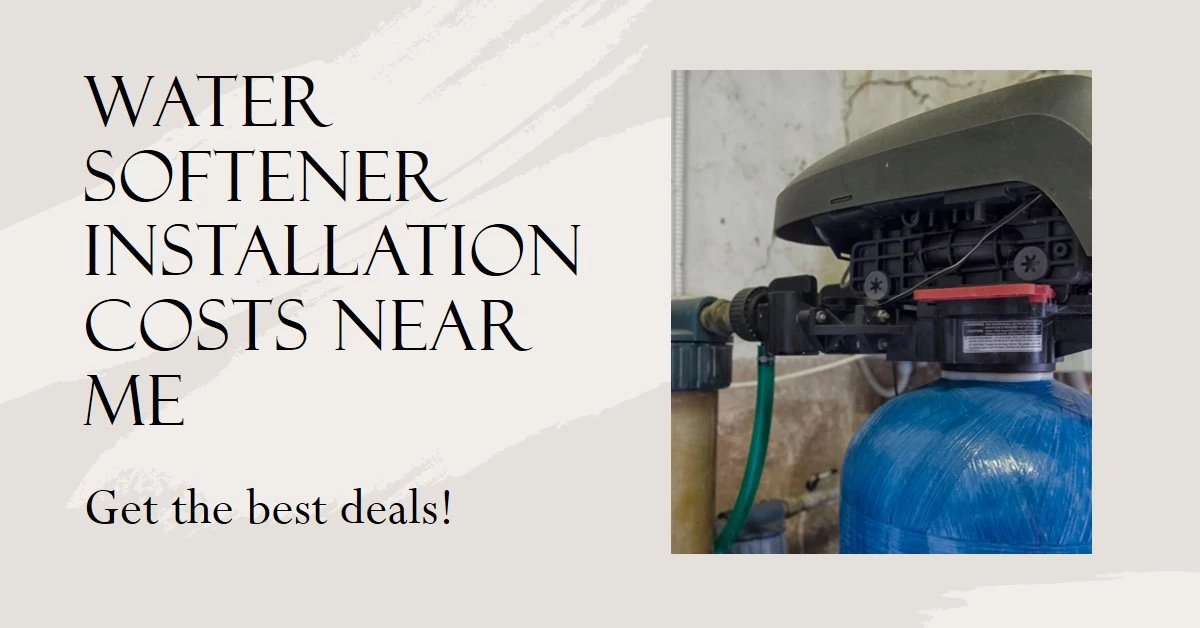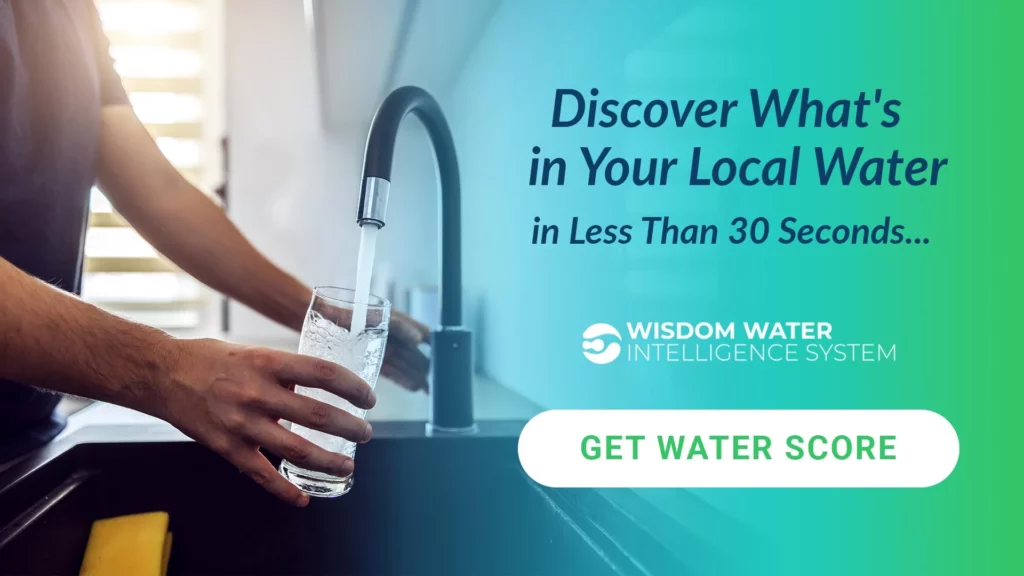The short answer is – it depends. Some types of water softeners use an ion exchange process that can remove nitrates, but only if the resin is specifically designed to do so. Other types like salt-free softeners do not remove nitrates at all.
Whether or not your water softener removes nitrates depends on the specific model and technology used. In this comprehensive guide, we’ll cover everything you need to know about using water softeners for nitrate removal, including:
- How water softeners work
- The different types of water softeners
- Effectiveness for removing nitrates
- Resin considerations
- Costs
- Installation and maintenance
- Health impacts of nitrates
Read on to learn the details and determine if a water softener is right for your needs when it comes to removing nitrates.
How Do Water Softeners Work?
Water softeners are whole house filtration systems that remove minerals like calcium and magnesium, known as “hardness minerals”, from the water supply.
They work via a process called ion exchange. The water runs through a resin bed made up of small plastic beads called resin or zeolite. These beads carry a negative charge.
As hard water passes through the resin, the positively charged calcium and magnesium ions bind to the negatively charged resin beads through ionic attraction. This removes them from the water.
At the same time, the resin beads release sodium ions, which do not cause hardness. This ion exchange process transforms the “hard” minerals into “soft” sodium ions, resulting in soft water flowing from your taps.
Over time, the resin beads become saturated with calcium and magnesium, reducing their effectiveness. Therefore, the softener periodically goes through a regeneration cycle.
During this cycle, the resin bed is flushed with a brine solution (salt water). This resets the beads by replacing the hardness minerals with sodium. The softener is then ready to remove hardness again.
What Are Nitrates?
Nitrates (NO3-) are a common contaminant found in many water supplies. They occur naturally at low levels, but excessive nitrates often come from:
- Fertilizer and livestock runoff
- Septic systems and wastewater
- Erosion of natural deposits
High nitrate intake is a health concern, especially for infants under 6 months. It can cause a condition called blue baby syndrome which reduces the blood’s oxygen carrying capacity.
The EPA has set a maximum contaminant level of 10 ppm for nitrates in drinking water. Reverse osmosis systems and ion exchange softeners can both help reduce nitrates to safe levels.
Can Water Softeners Remove Nitrates?
Water softeners that rely on ion exchange can remove some amount of nitrates from water by swapping nitrate ions for chloride ions in the resin bed.
However, the ability of a softener to remove nitrates depends on:
- The specific resin that is used
- The initial concentration of nitrates
Standard softener resin is designed to prefer hardness minerals like calcium and magnesium over other ions. Therefore, it has a limited capacity for removing nitrates.
Only special nitrate selective resin is engineered to more favorably trade nitrate over hardness ions. This type of resin must be used to get meaningful nitrate reduction from a softener.
Additionally, softeners are generally only capable of handling low to moderate nitrate levels of 5-10 ppm. Very high nitrates often require a dedicated ion exchange system or reverse osmosis.
So in summary – yes water softeners can remove nitrates, but only certain types using the proper resin. Let’s look further into the different kinds of water softeners and their nitrate removal capabilities.
Types of Water Softeners and Effectiveness for Nitrate Removal
There are a few different types of water softeners, each with their own advantages. The effectiveness at removing nitrates varies.
Ion Exchange Softeners
Ion exchange softeners are the most common type. As described above, they work by exchanging hardness minerals for sodium ions on the resin beads.
Ion exchange softeners can remove nitrates, but only with nitrate selective resin designed for the purpose. The level of removal depends on the initial nitrate concentration.
Typical nitrate removal rates for ion exchange softeners are:
- 3-5 ppm removal for influent levels of 5-10 ppm
- 5-10 ppm removal for influent levels of 10-15 ppm
Ion exchange softeners have a limited capacity for high nitrate levels. They are generally not effective above around 20 ppm. Very high nitrates require specialty resins.
Reverse Osmosis Systems
Reverse osmosis (RO) uses applied pressure to push water through a semipermeable membrane that traps contaminants. RO removes almost all impurities, including nitrates.
RO is significantly more effective at removing nitrates than ion exchange softeners. It can treat water with up to 100 ppm of nitrates to bring it down to safe levels. However, RO systems also tend to be quite a bit more expensive.
Distillers
Distillers work by boiling water and condensing the steam to purify it. The process effectively eliminates nitrates, but it is very slow and energy intensive. Distillers incur high operating costs.
Salt-Free Softeners
Salt-free softeners use a physical template assisted crystallization process instead of ion exchange. They do not remove any dissolved compounds like nitrates. Salt-free softeners do not reduce nitrate levels.
Water Softener Resin Considerations for Nitrate Removal
To remove nitrates, a softener must use a specialty nitrate selective resin. Standard softener resin is designed to target hardness minerals, not nitrates.
Nitrate selective resin contains a slightly different active group that has a higher affinity for nitrate ions. This makes it more effective at exchanging and removing nitrate from the water.
There are a few types of nitrate selective resins available:
- Standard grade – for low to moderate nitrate levels
- Premium grade – for moderate to high nitrate levels
- Specialty resins – for very high nitrate concentrations
The exact resin required depends on the water chemistry and influent nitrate level. Some softeners allow you to fill the tank with your choice of resin.
Properly maintaining the resin bed is also important for effective ongoing nitrate removal. The bed should be replaced or recharged regularly per the manufacturer’s recommendations to sustain performance.
What Levels of Nitrates Can Be Removed?
The amount of nitrates a water softener can remove depends on:
- Type of resin used
- Influent concentration
- Regeneration frequency
Standard ion exchange softeners with nitrate selective resin are typically only effective at removing 3-10 ppm of nitrates.
Some high-end systems claim removal up to 20 ppm. However, influent levels above 15-20 ppm generally require specialty resins designed for higher concentrations.
Reverse osmosis, distillation, and ion exchange with advanced resins can treat much higher nitrate concentrations of 50 ppm or more. But for high levels, a dedicated nitrate removal system may be a better and more cost-effective option than a water softener.
The EPA’s nitrate limit for safe drinking water is 10 ppm. So for many homeowners, an ion exchange softener with standard nitrate resin is sufficient to reduce levels to within the acceptable range.
Installation and Maintenance for Optimal Nitrate Removal
For optimal nitrate removal, water softeners need to be properly installed and maintained:
- A nitrate test is recommended to determine the influent level and resin requirements
- The system must contain nitrate selective resin
- Follow the manufacturer’s instructions for installation
- Regularly test output water to monitor performance
- Backwash and regenerate the resin bed per the guidelines
- Replace the resin bed once its nitrate removal capacity is exhausted
- Use sodium chloride salt designed for nitrate removal
- Sanitize and clean the brine tank to prevent bacteria growth
Also consider installing the softener before any filters, as resin beads can destroy filter media.
Routine maintenance is important to sustain nitrate removal over time. Replacing the resin bed approximately every 1-3 years is typical, but have output nitrate levels tested annually to determine if the bed needs changing sooner.
Costs of Water Softeners for Nitrate Removal
The costs of water softeners for nitrate removal include:
- System purchase – Basic ion exchange softener $200-800; advanced systems $1,500+
- Installation – $200-500 for basic professional installation
- Nitrate selective resin – $50-100 per cubic foot
- Ongoing costs – Salt, resin replacement, electricity for regeneration
Ion exchange softeners require less initial investment. Reverse osmosis systems cost more upfront but use less salt and resin over time.
You’ll also need to factor in resin replacement every 1-3 years and increased salt usage for nitrate removal versus softening only. Consider both purchase and operating costs when choosing a system.
Other Options for Removing Nitrates
While water softeners can remove moderate nitrate levels, there are also dedicated nitrate removal systems:
- Nitrate ion exchange – Uses special nitrate resin
- Biological denitrification – Bacteria convert nitrates to nitrogen gas
- Reverse osmosis – Effective for high nitrate levels but slower and more expensive
- Distillation – Very effective but extremely slow and energy intensive
For levels above 20 ppm, a purpose-built nitrate remover may be more efficient and cost-effective than relying solely on a water softener.
Combination treatments like a softener plus reverse osmosis can also effectively treat both hardness and high nitrates.
Final Thoughts
Water softeners that utilize ion exchange can remove nitrates from drinking water, but only if using a nitrate selective resin. The amount of removal depends on influent concentration and resin grade.
Standard ion exchange softeners are typically only capable of handling nitrate levels of 5-20 ppm. Reverse osmosis, distillation, and specialty ion exchange resins can treat higher concentrations.
For optimal results, have influent nitrate levels tested and choose an appropriate resin grade. Maintain the softener properly by regenerating the resin bed on schedule and replacing it every 1-3 years.
While water softeners have limitations for high nitrate removal, they can be an inexpensive way to reduce moderate nitrate levels down to safe EPA limits in conjunction with their primary job of removing hardness.





